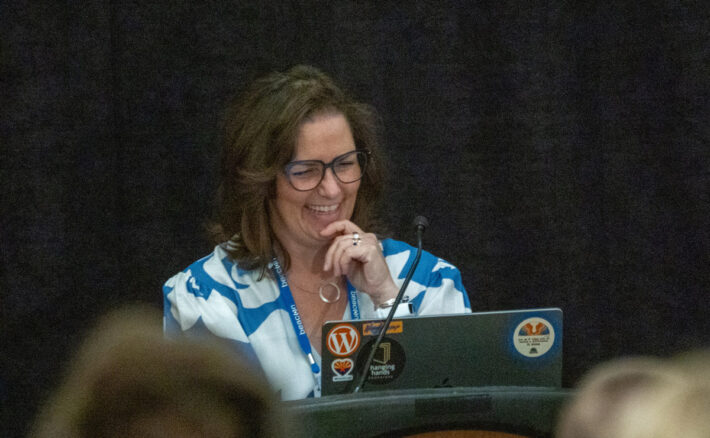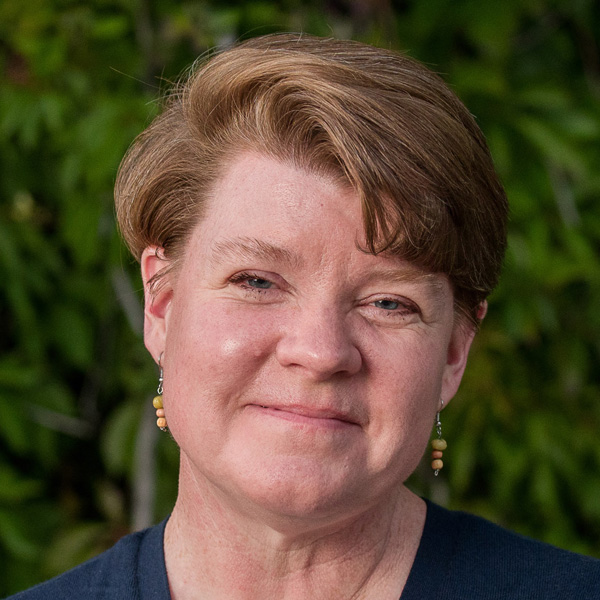Using the parts of a story as a framework, Kristin Gasser walked us through her team’s road to recovering from years of “yes” during the 2024 HighEdWeb Annual Conference. Gasser is a web content strategist at Arizona State University.
Exposition – Set the stage
Long, long ago in a university much like your own lived a small web team with a big task: do all the things. But the team quickly became overwhelmed.
They tried to make things better by letting their clients update their own websites. But the clients already had full-time jobs, there was no web governance, and content “strategy” was driven by requests, not strategy.
That all came to a head when they had to migrate their roughly 400 websites to a new host!
Inciting incident – The straws that broke them
In an exciting plot twist, ASU also implemented new web standards and a deadline to implement them. Now they needed custom programming which meant a total rebuild of every site.
There was no way they were migrating “the mess” to a new theme!

Rising action – Getting down to business
They needed a plan! They had to evaluate their sites, plan their content strategy, and make it actionable.
They created a big picture content strategy that:
- Defined audiences and purpose
- Sorted by audience
- Made a broad information architecture plan to create an umbrella universe
This allowed them to focus on main sites by audience and showcase content related to that specific audience.
To help them they:
- Audited current content
- Used Google Analytics for analysis
- Established a standardized navigation
- Used intentional SEO, and
- Developed an implementable continuous improvement plan
But they didn’t stop there! They had to move forward through treacherous roads to sell the plan, curate the content, make the websites, train editors, develop a continuous content curation process, and follow through with support. The way would not be easy!
Climax – A turn of the tides!
They got a big break when a dean’s office and faculty leaders reached out to ask for big improvements in three faculty-facing sites. The request aligned perfectly with their plan.
They used the successful project to create the perfect example of what they could do.
Falling action – Time to get underway
They then had to refine and prepare a plan to approach the next area. But they didn’t want any surprises with stakeholder approvals.
They prepared by looking at the project from the stakeholder point of view. They anticipated any conflicts. They prepared to explain how good websites should be maintained by clients and web teams together and used data to back up their approach.
Denouement – The finished product
At the end of their second project, they had consolidated 11 websites with 350 pages into one website with 131 pages.
Epilogue – What comes next
But the story doesn’t end there! They will continue to sell the plan to different groups, curate the content, and make the websites, all while training editors, implementing the process, and following through with support!
The end (sort of)!

About the author
Julie Duersch has a master’s degree in management information systems from the Utah State University Huntsman School of Business and serves as the director, CMG (chief meeting goer) and official extravert for the USU IT Web CMS Team. When not enjoying the human interaction from her many meeting opportunities, she likes to learn about “how things work” by reading, Googling and talking to the many smart people that are part of her “web” of connections!

Session recordings + professional development library
HighEdWeb conference attendees have access all online track session recordings for four weeks after the event. Access the session replays by logging in to the Event Hub through Monday, Nov. 4, 2024.
HighEdWeb paid membership provides unlimited on-demand access to the conference recordings. The Professional Development Library includes recordings from this event and other HighEdWeb conferences.
Link Journal has covered the HighEdWeb Annual Conference since 2011. Read more articles from the 2024 conference. Explore our archives for articles about previous conference sessions.

